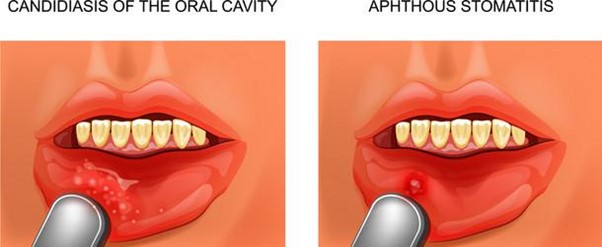The home health nurse is visiting an older client who was discharged from the hospital 3 days ago following hip pinning surgery. The client lives with her daughter, who prepares the family meals. In discussing nutrition for postoperative healing, which food choices should the nurse suggest for this client's diet? (Select all that apply.)
Grilled salmon.
Soda crackers.
Scrambled eggs.
Baked chicken.
Flavoured gelatine.
Correct Answer : A,C,D,E
Choice A
Grilled salmon is correct. Salmon is a good source of protein and healthy omega-3 fatty acids. Protein is essential for wound healing and tissue repair, while omega-3 fatty acids have anti-inflammatory properties that can help with the healing process.
Choice B
Soda crackers is incorrect. Soda crackers are not particularly nutrient-dense and may not contribute significantly to postoperative healing. While they might be a bland option for settling the stomach, they do not offer the same nutritional benefits as the other selected options.
Choice C
Scrambled eggs are correct. Eggs are a good source of high-quality protein and contain essential nutrients like vitamin D and choline. Protein is crucial for tissue repair and recovery, and vitamin D supports bone health.
Choice D
Baked chicken is correct: Lean protein sources like baked chicken are important for wound healing and maintaining muscle mass. Protein helps the body repair and build new tissues.
Choice E
Flavoured gelatine is correct. Flavoured gelatine can be a soft and easily digestible source of hydration and calories. It's also a good option for someone recovering from surgery as it provides some energy and can be gentle on the digestive system.
Nursing Test Bank
Naxlex Comprehensive Predictor Exams
Related Questions
Correct Answer is C
Explanation
Choice A
Low residue diet is incorrect. A low residue diet is typically recommended for individuals with gastrointestinal conditions like inflammatory bowel disease or diverticulitis. This diet limits high-fibre foods to reduce bowel movements and ease digestive stress. However, it might not be the best option for a client with stomatitis who is struggling to eat due to mouth pain.
Choice B
Mechanical soft diet is incorrect. A mechanical soft diet includes foods that are soft and easy to chew, but they aren't necessarily pureed. While this diet might be more comfortable to eat for some individuals, a client with severe stomatitis might still experience pain while chewing. A pureed diet is a step further in terms of texture modification and can be better tolerated by someone with significant mouth pain.
Choice C
Pureed regular diet is correct. Stomatitis is inflammation of the mouth and can cause pain and discomfort, making it difficult for the client to eat. In this case, a pureed regular diet would be the most suitable choice.
Choice D
High protein soft diet is incorrect. While a high protein diet is important for recovery, healing, and maintaining muscle mass, the texture of the diet is equally important for someone with stomatitis. A high protein soft diet might still involve foods that are challenging to eat due to mouth pain, and therefore, a pureed diet would be a better option in this case.

Correct Answer is B
Explanation
Choice A
Drinking a litre of water during and after running is not appropriate: While hydration is important, consuming plain water might not be sufficient to address electrolyte imbalances that can contribute to leg cramps. Drinking excessive amounts of water without electrolyte replacement can even lead to a dilution of electrolyte levels.
Choice B
Consuming a sports drink before and during training is appropriate. Sports drinks are formulated to provide not only hydration but also electrolytes like sodium, potassium, and sometimes magnesium. These electrolytes are important for proper muscle function and can help prevent cramps. Consuming a sports drink before and during training can help maintain electrolyte balance and reduce the risk of leg cramps.
Choice C
Eating a high carbohydrate meal after running is not appropriate. Carbohydrates are important for refuelling muscles after exercise, but this recommendation doesn't directly address the issue of leg cramps during training. Electrolytes like sodium, potassium, and magnesium play a role in muscle function and can help prevent cramps.
Choice D
Avoid drinking alcohol forty-eight hours before training is not appropriate. While avoiding alcohol before training is generally a good idea for hydration and performance reasons, it doesn't specifically address the issue of leg cramps. Electrolyte balance is more directly related to muscle cramping.
Whether you are a student looking to ace your exams or a practicing nurse seeking to enhance your expertise , our nursing education contents will empower you with the confidence and competence to make a difference in the lives of patients and become a respected leader in the healthcare field.
Visit Naxlex, invest in your future and unlock endless possibilities with our unparalleled nursing education contents today
Report Wrong Answer on the Current Question
Do you disagree with the answer? If yes, what is your expected answer? Explain.
Kindly be descriptive with the issue you are facing.
